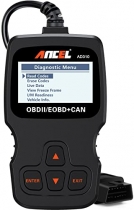-
Welcome to Tacoma World!
You are currently viewing as a guest! To get full-access, you need to register for a FREE account.
As a registered member, you’ll be able to:- Participate in all Tacoma discussion topics
- Communicate privately with other Tacoma owners from around the world
- Post your own photos in our Members Gallery
- Access all special features of the site
Um... Chris explain this to me.
Discussion in 'General Automotive' started by NumNutz, Aug 10, 2009.


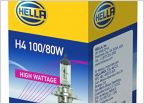 Looking for more light output?
Looking for more light output? Are You Really Getting Genuine Toyota OEM Parts Other Than From The Dealership?
Are You Really Getting Genuine Toyota OEM Parts Other Than From The Dealership?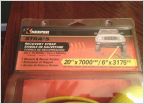 Thoughts on this recovery strap?
Thoughts on this recovery strap?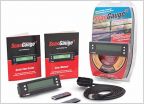 Where to get a scanguage
Where to get a scanguage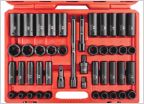 God I Hate Incomplete Tool Sets
God I Hate Incomplete Tool Sets


























































